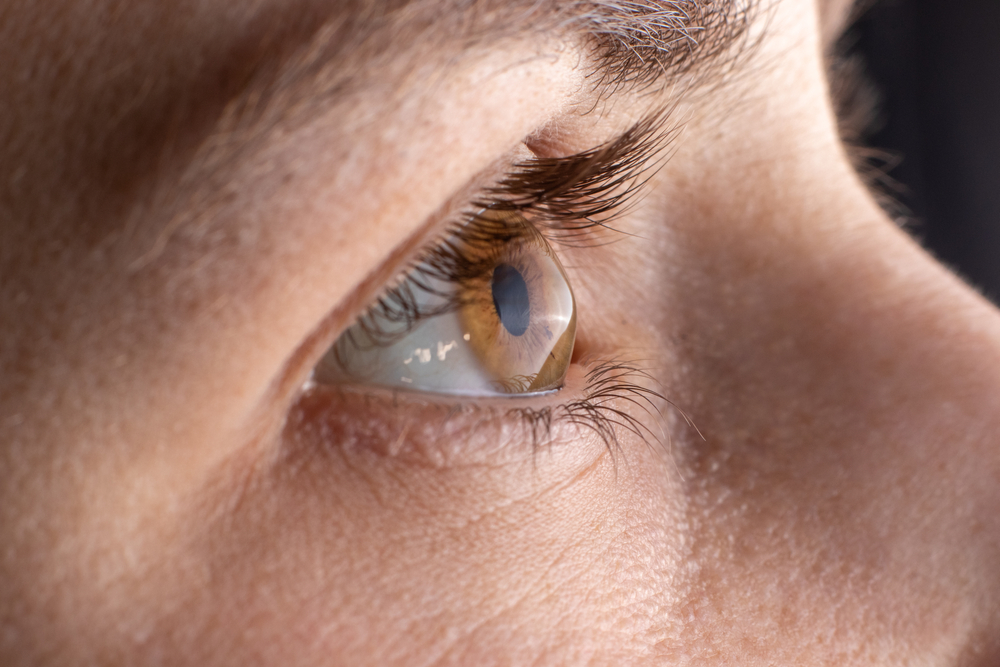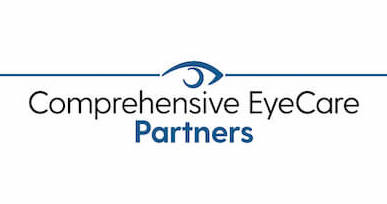
If you have keratoconus, you might wonder whether correcting your vision with LASIK might be a possible alternative to prescription glasses or contact lenses. While LASIK can be used to correct nearsightedness and astigmatism, both common vision errors experienced by individuals with keratoconus, it is not a recommended treatment option for this progressive eye disorder.
Keep reading to learn more about keratoconus and LASIK, including why LASIK is typically not recommended for people with keratoconus!
What is Keratoconus?
Keratoconus is an eye condition that affects the cornea. The cornea is the clear, dome-shaped surface that covers the front of your eye.
Keratoconus causes the cornea to gradually thin and bulge outward into a pronounced cone shape. As keratoconus progresses and the shape of the cornea becomes distorted, it can cause blurry vision and an increased sensitivity to light and glare.
Other signs of keratoconus include a need for frequent changes in your glasses prescription, glare and halos around light, and increased sensitivity to light. While it most often affects both eyes, some people experience the symptoms of keratoconus in one eye more than the other.
In advanced cases of keratoconus, a corneal transplant may be needed to replace the cornea with healthy donor tissue, restoring a more normal corneal shape and improving vision.
What Causes Keratoconus?
Despite years of research, very little is known about the causes of keratoconus. However, studies of the condition show that certain people are more likely than others to develop keratoconus.
Some of the risk factors for developing keratoconus include:
- A family history of keratoconus
- Certain systemic disorders
- Chronic eye inflammation from allergies or other eye irritants
- Excessive eye rubbing
The condition typically develops between a person’s late teen years and early thirties. It can be hard to predict how quickly if at all, the condition will progress.
How is Keratoconus Treated?
The primary goal of keratoconus treatment is to correct vision impaired by the condition. Often, the first line of treatment for keratoconus is prescription hard contact lenses.
In later stages of the condition, an eye doctor may recommend corneal collagen cross-linking, a procedure that attempts to encourage the formation of new collagen bonds to preserve the cornea’s structure and strength. In the advanced stages of keratoconus, a corneal transplant may be the most effective treatment option.
During a corneal transplant, all or part of the cornea is removed and replaced with a donor cornea.
Why Can’t LASIK Fix Keratoconus?
A person must have healthy corneas of a certain thickness to be considered a good candidate for safe and effective LASIK vision-correcting surgery. Because keratoconus compromises the health of the corneas and causes them to thin, LASIK would not be an option for people who have been diagnosed with the condition.
A person who has been diagnosed with keratoconus would also not be considered a good candidate for other vision correction procedures, including photorefractive keratectomy (PRK) and refractive lens exchange (RLE). While RLE is often recommended for individuals with thin corneas, it cannot correct the abnormal shape of the cornea caused by keratoconus.
Although LASIK has been effectively used to permanently restore the clear vision of millions of people worldwide, if you have been diagnosed with keratoconus, it will not be an option in most cases. Because the eye condition compromises the health and shape of the cornea, you may be limited to visual aids or surgery to maintain the quality of your vision.
Do you have keratoconus and want to learn about your vision correction options? Schedule an appointment at Shepherd Eye Center at one of our 5 locations in Las Vegas or Henderson, NV, today!


